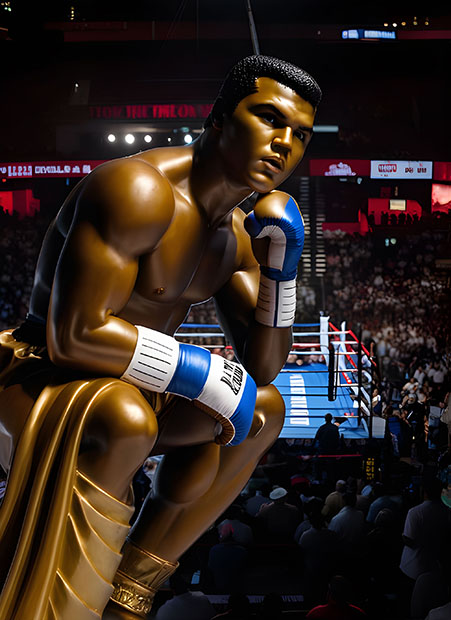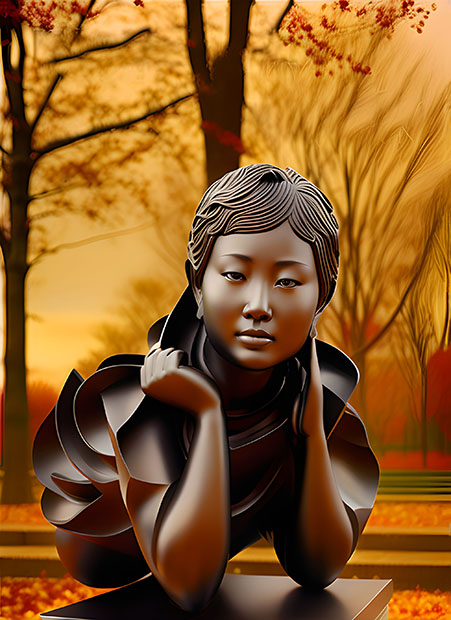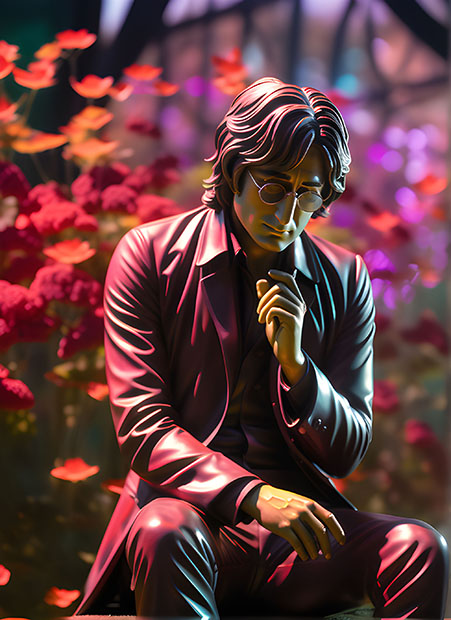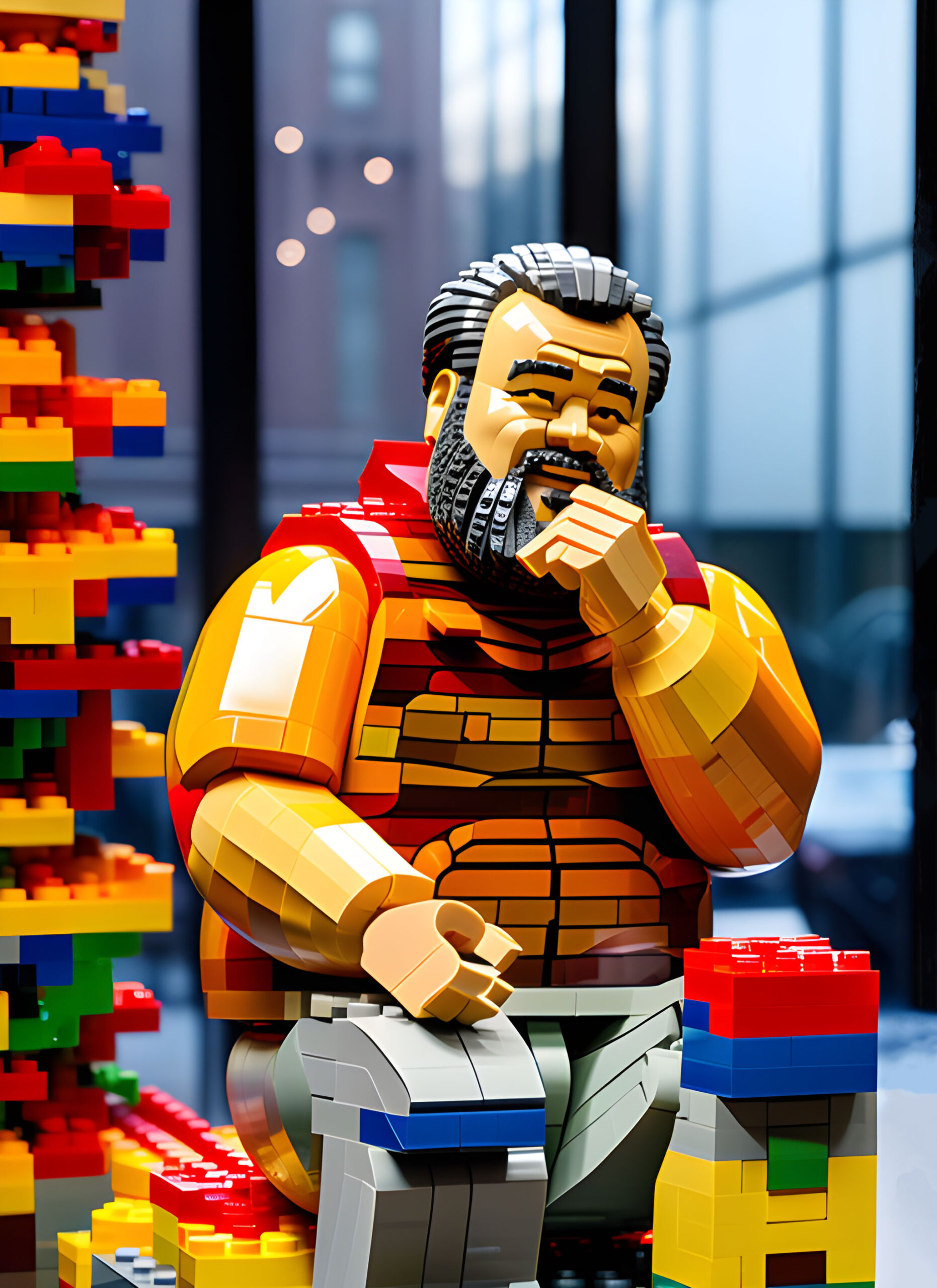Ai Weiwei is a profoundly influential Chinese contemporary artist and activist who has redefined the intersection of art and political dissent. Born in Beijing during Mao’s Cultural Revolution, his early life was shaped by his father’s persecution as a poet, giving him firsthand experience with political repression that would later inform his work. His artistic journey has evolved from early conceptual pieces to massive installations that challenge authority and champion human rights.
His fearless criticism of the Chinese government, particularly following the 2008 Sichuan earthquake where he documented the names of students killed in poorly constructed schools, led to his arrest and 81-day detention in 2011. Rather than silencing him, this experience amplified his voice and strengthened his resolve to fight injustice through art. His work often incorporates traditional Chinese materials and techniques while addressing contemporary global issues like the refugee crisis, surveillance, and political corruption.
Ai Weiwei’s art transcends traditional mediums, extensively utilizing social media, film, architecture, and installation art to disseminate his messages. His notable works include the Bird’s Nest Stadium for the 2008 Beijing Olympics (which he later disavowed), “Sunflower Seeds” at the Tate Modern, and his documentary “Human Flow” about the global refugee crisis. He frequently challenges Chinese government policies, particularly regarding freedom of speech and human rights, making him both a celebrated artist and a powerful voice for social change.
Despite facing constant surveillance, passport confiscation, and studio demolition, Ai Weiwei continues to create provocative work that questions authority and champions human rights. Now based primarily in Europe, he remains an influential figure in contemporary art and activism, using his global platform to advocate for freedom and justice worldwide.
Ai Weiwei’s Statue
The statue reimagines Ai Weiwei in LEGO bricks, a medium he famously used in his political art after the company initially refused to sell him bricks for a project about political prisoners. Cast in vibrant orange and white blocks, the figure captures him in his characteristic thoughtful pose, hand to chin, surrounded by colorful LEGO pieces. The pixelated, block-like construction speaks to both digital censorship and the building blocks of resistance, while his beard and distinctive features are cleverly rendered in the geometric medium. The playful medium contrasts with the serious nature of his work, reflecting his ability to use seemingly simple materials to convey complex political messages. The LEGO construction also serves as a metaphor for his belief that individual pieces, when joined together, can create powerful statements of resistance and change.
More Thinkers to Explore

Muhammad Ali

Maya Lin

John Lennon

